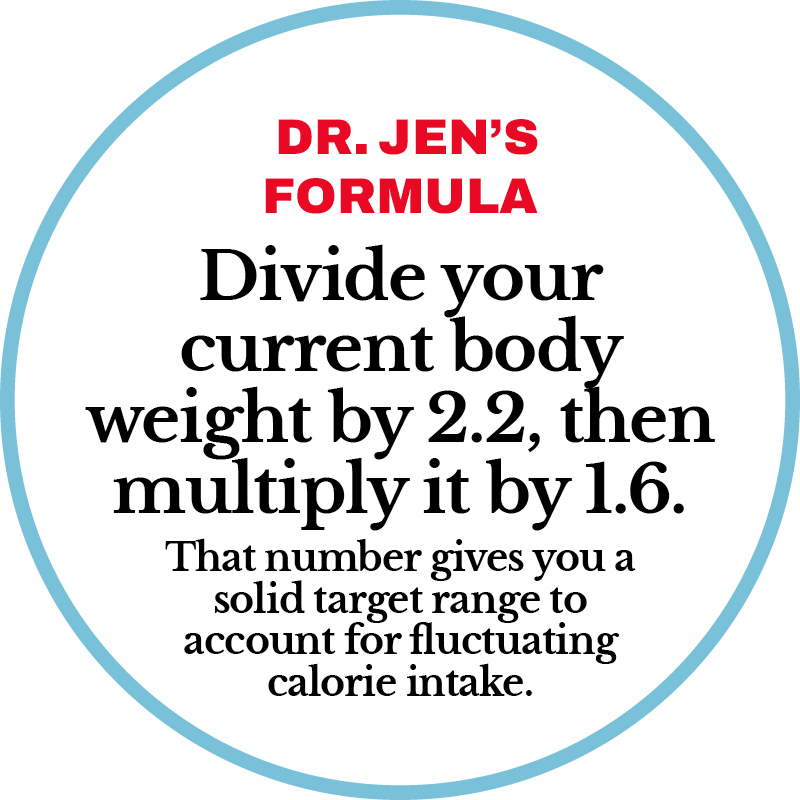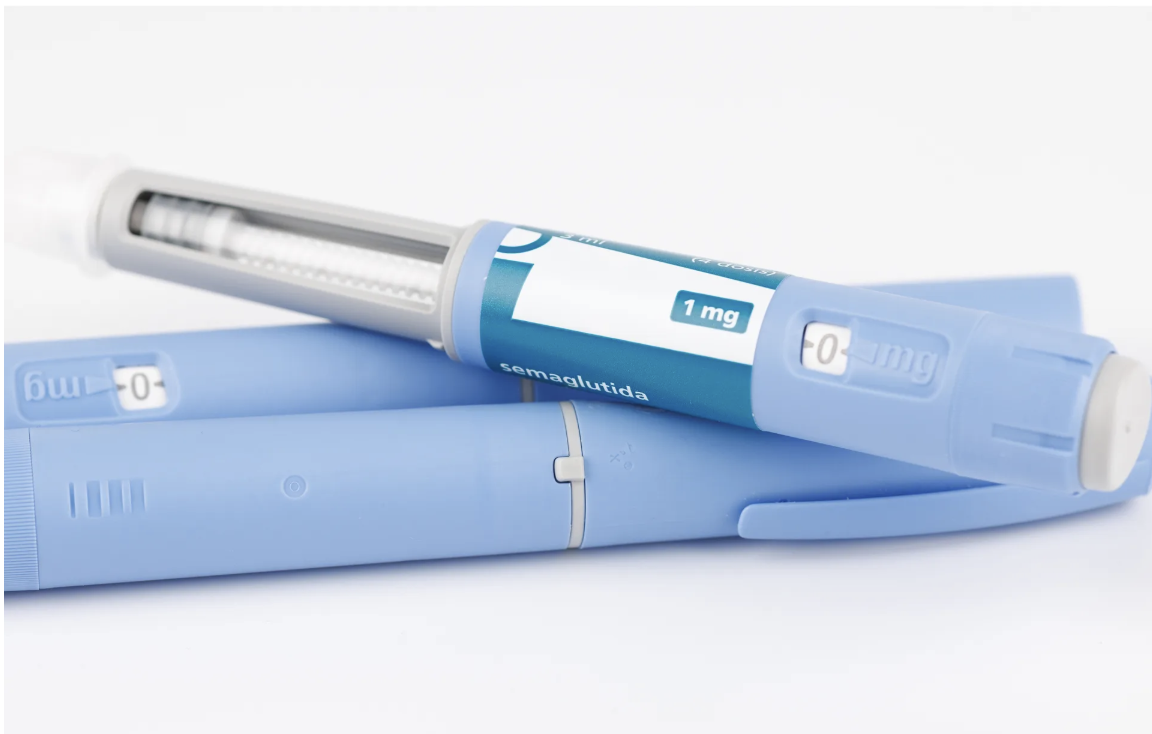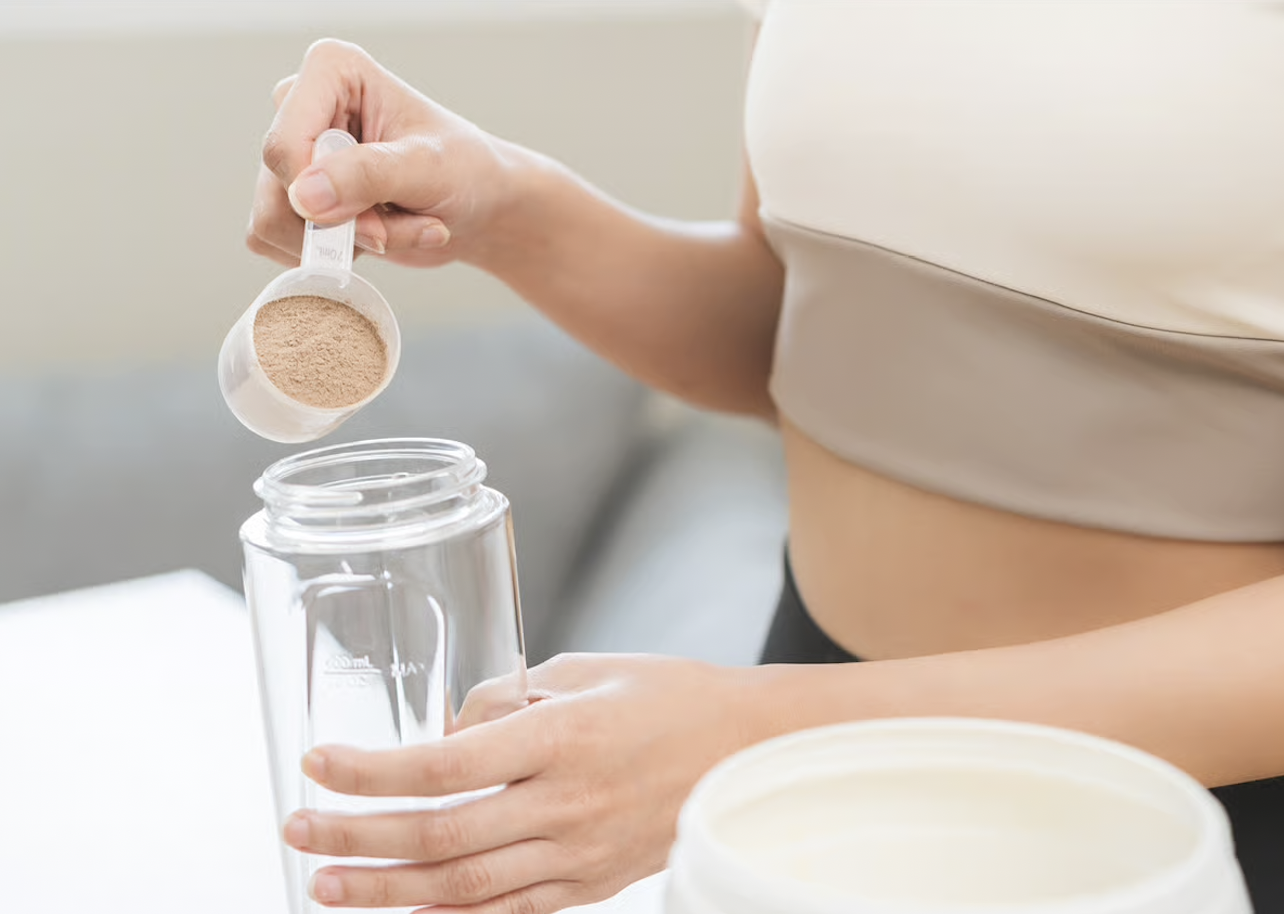The 4 Nutrients That Strengthen Aging Bones (It's Not Just Calcium!)
Strong bones aren’t built by calcium alone—vitamin D, protein, and vitamin K2 work together to keep your skeleton strong, flexible, and protected against osteoporosis.

When it comes to strong bones, most of us immediately think of calcium. (Who can forget those “Got Milk?” ads?) But calcium is just one piece of the bone-building puzzle.
Three other nutrients support bone health, and together, they can prevent osteoporosis: the condition that turns bones brittle and breakable. Here’s your guide to all four:
1. Calcium (The Building Block)
Calcium is the most abundant mineral in your skeleton. Women over 50 need about 1,200 mg per day to maintain bone density.
- Zoom In: When you don’t eat enough calcium, your body pulls it directly from your bones to keep your blood calcium levels stable. Over time, this weakens the bones.
Luckily, calcium shows up in plenty of foods (and not just dairy):
- A cup of milk (any fat percentage) is about 300 mg
- A cup of cooked collard greens is around 260 mg
- A cup of Greek yogurt (plain nonfat) is 250
- Canned salmon with bones (3 oz) is 180 mg
- Chia seeds (1 oz) are 180 mg
Maybe you’re thinking: “That’s a lot of food to hit 1,200 mg,” and are tempted to get calcium supplements.
But for over 10 years, research has shown that calcium supplements don’t reduce or prevent bone fractures. In fact, it’s associated with an increased risk of coronary events in post-menopausal women!
- The Theory: When you eat calcium-rich foods, the food matrix (the vitamins and compounds in whole foods) helps that calcium go to the bones. But isolated calcium from supplements doesn’t have that support system, so it travels to the arteries of the heart instead and lands on plaques.
This means taking a calcium pill will not help and may hurt. It’s best to get calcium from real food.
2. Vitamin D (The Gatekeeper)
Calcium can’t be absorbed without vitamin D. But after menopause, we’re more prone to deficiency because our skin produces less of it (and our kidneys don’t activate it as well).
- Zoom In: Beyond menopause, other factors increase your risk: obesity, darker skin, limited sun exposure, and age.
The recommended daily allowance is about 600 IU for those aged 1-70 (and 800 IU for those older than 70). Food sources include:
- Egg yolks (40 IU each)
- Salmon (~450 IU per 3 oz serving)
- Dairy or plant milks (around 100 IU per cup)
But diet alone often falls short, and many women need supplements. The good news? Vitamin D3 supplements are safe and effective.
- Doctor’s Note: I personally take 1,000 IU daily to keep my levels around 40-50 ng/mL.
The recommended maximum is 4,000 IU per day, and there’s a reason for that cap. Higher doses can cause kidney stones and, paradoxically, weaken bones.
Ideally, you should get a blood test to check your vitamin D levels before supplementing. But check the cost of this test with your lab, because they can be pricey!
3. Protein (The Framework)
Everyone’s obsessed with protein for building muscle, but it’s just as key for bone health. That’s because collagen (a type of protein) forms the framework that calcium gets deposited into.
- Zoom In: Without enough protein, you can’t build that collagen framework. And without the framework, calcium has nowhere to go.
How much protein should you aim for? It's a weight-based calculation, but for most women, the range is 90-130 grams a day. Here’s my formula to calculate your target protein intake:

Food sources with protein include:
- Chicken breast (3 oz): ~25 g protein
- Lentils (1 cup cooked): ~18 g
- Greek yogurt (1 cup): ~15 g
- Edamame (1 cup): ~17 g
Bonus: Protein also preserves muscle mass, which reduces your fall risk. This is critical in preventing potentially life-altering fractures.
4. Vitamin K2 (The Fine-Tuner)
Vitamin K2 activates two proteins that manage calcium in the body:
- Osteocalcin: Helps bind calcium to bones and teeth
- Matrix Gla protein (MGP): Prevents calcium from depositing in arteries
In other words: K2 shuttles calcium into bones and teeth (where you want it) and keeps it out of arteries and soft tissues (where you don’t).
- Science Says: A 2022 analysis with over 6,400 postmenopausal women found that K2 supplements improved bone strength. (But we need larger trials to confidently conclude.)
K2 isn’t abundant in many foods, but you can find it in:
- Aged cheeses (Gouda, Brie): ~70–100 mcg per ounce
- Chicken thighs: ~60 mcg per 3 oz
- Egg yolks: ~30 mcg each
But one food stands out as a K2 powerhouse: natto. This fermented soybean dish is slimy and definitely an acquired taste, but it has nearly eight times more K2 than other sources.
(Curious to learn about K2 supplements? Read our article here).
What Does Eating For Stronger Bones Look Like?
Getting all four nutrients (calcium, protein, vitamin D, and vitamin K2) means thinking strategically about your meals. Usually, my go-tos are avocado toast for breakfast (105 mg of calcium!) and a Super Greens Smoothie.
But if you’re not organized, it can get confusing fast. (“Did I hit 1,200 mg of calcium today?” “What about 90 grams of protein?”)
That’s why in The Wellness Experiment, we’ve created recipes and meal plans that deliver on all four bone-building nutrients without the mental math or meal fatigue.

This is literally the definition of food as medicine. Combined with regular weight-bearing exercise, you’ve given your bones the best nutritional foundation for strength and resilience for the decades ahead.


